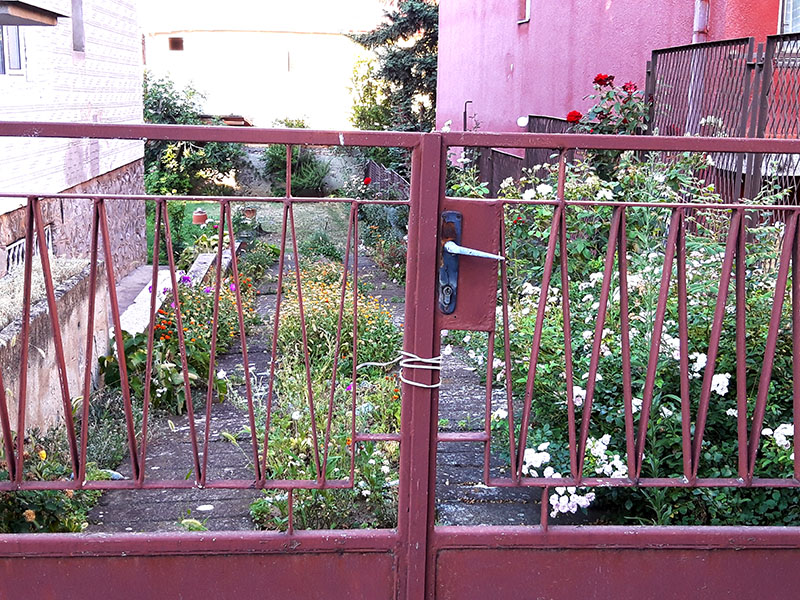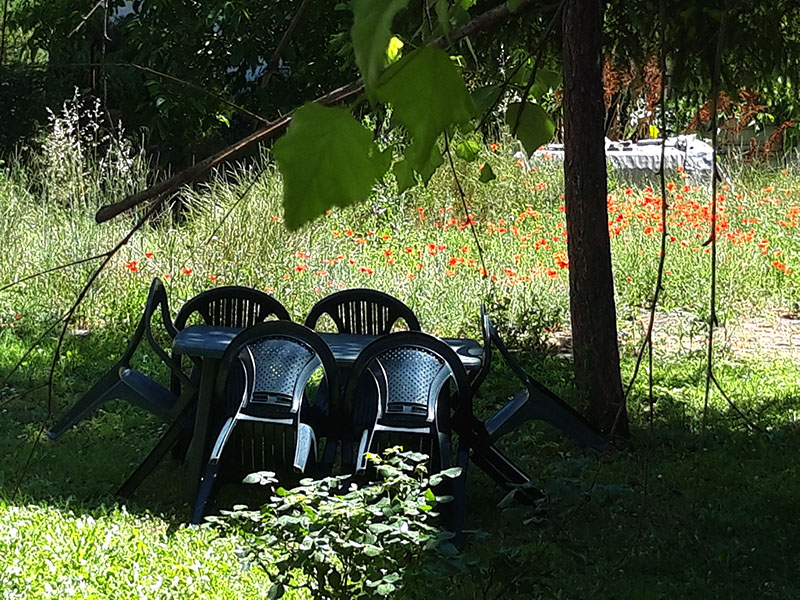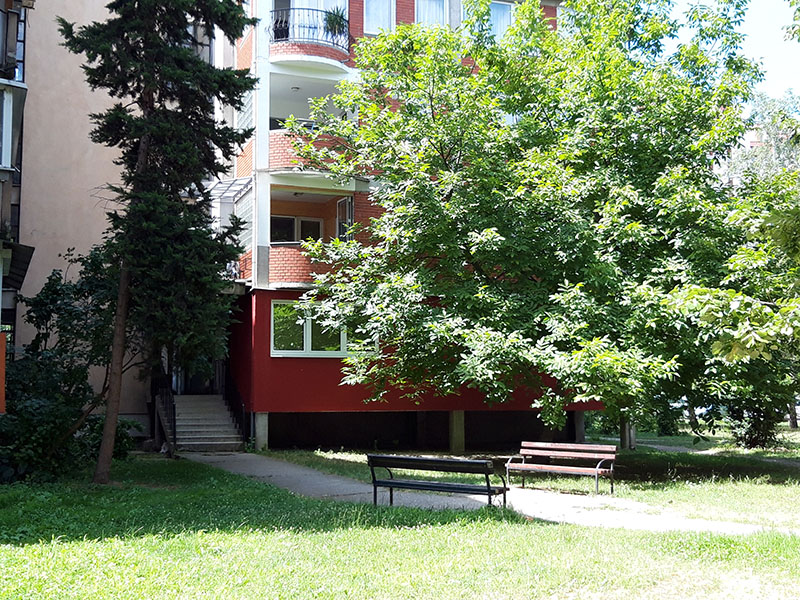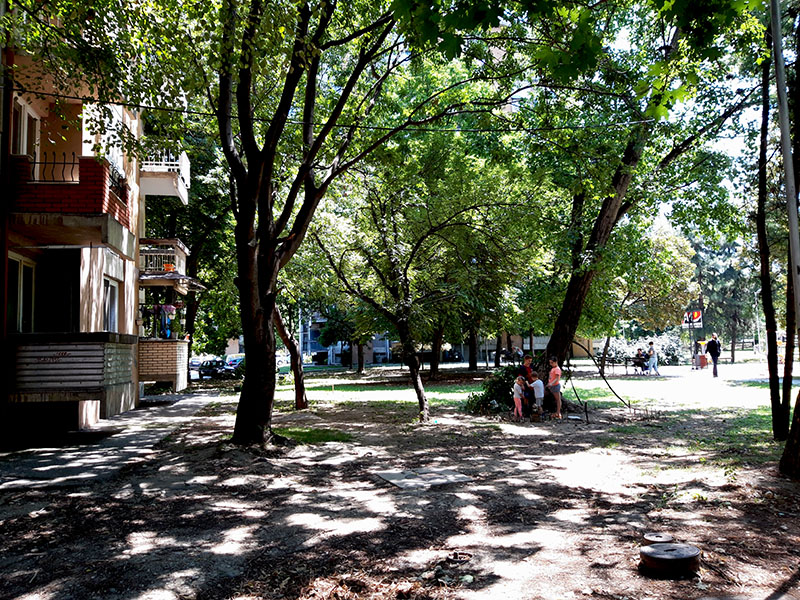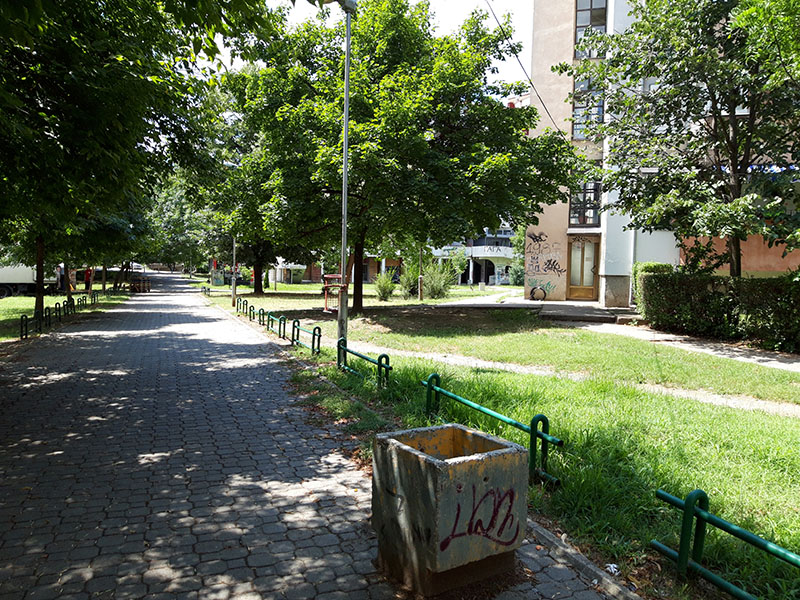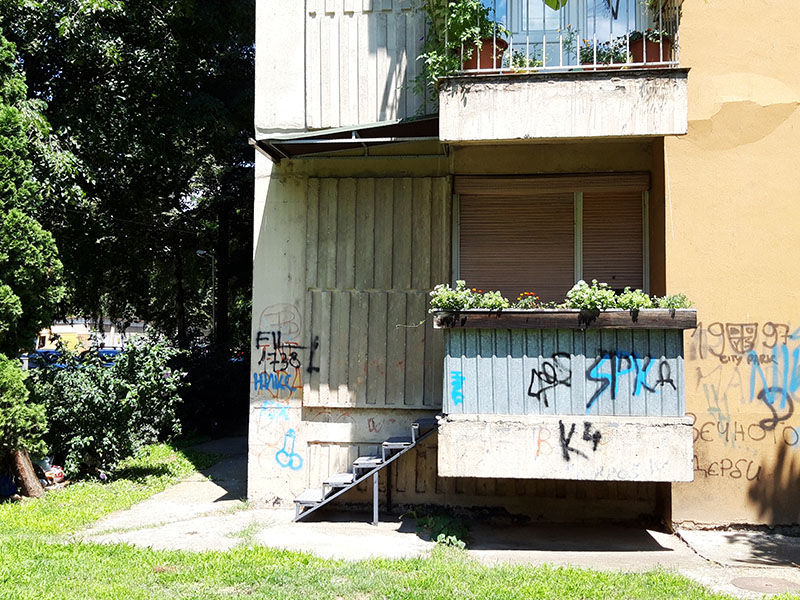Dear readers, this is an unusual post. Probably the last one I will write from Skopje, as I am getting ready to move to Sarajevo by the end of the month of July. As I was preparing the newsletter for the subscribers of this blog, I thought it could also very well be the last post. So I wrote a little longer version of it.
Before leaving a city, you want to grasp and engrave all the places, moments, habits that you appreciate and bring you joy. Nostalgia is overwhelming at the sheer idea that some places, strolls or actions could be the last in a place I have passed by a hundred times during 3 years. All that will remain are echoes and snapshots, that will surface every once and then to draw a smile on my face.
What image will I take with me from my three-year stay in the city? Many come bumping into my mind, but probably two are the most illustrative.
Postcard 1: Poppies & Cherries
I am leaving Skopje in the loveliest season, in the same one when I first met her; under a glittering summer sun, lush with flowers and abundant green. This is also the time of the year where the cherry tree, our silent neighbour, is sluggishly waving its branches. Heavy with deep red cherries, the branches sway playfully, casting shades across our dining room. After three years of co-living, we come to exchange conniving glances.
Each year, after a long winter of stretching out squalid hands, the cherry tree stoutness dazzles me once again in springtime. Exuberance after fasting. Is this the standard procedure of a creative process? A crossing of the desert before reaching an abundant water spring? I ask myself.
I have this feeling of “fasting” with the blog lately. Almost half a year passed without writing a new post. It is not intentional. As you know, the pandemic situation we are immersed in changed the course of our usual activities, or the way we realize them; apart from adding a dose of uncertainty regarding their actual relevance.
Being locked down at home, with my three-year-old daughter shifted all the energies towards taking care of her and sharing more time with the family. Although this slow life rhythm is a good pacifier when confronted with such a dystopic situation; I felt disconcerted by this sudden change of routine. Eventually, having less space and time to go on with my practice, made me prioritize on the important things to do. It astonished me how many “intruding” petty tasks were superfluous and time-consuming. The spatial restrictions probably became time optimizers for a lot of us.
But in Črnice, the pandemic keeps far at bay, so it seems. The pace of ordinary life and the spring revival of nature put the neighbourhood under an isolation bubble. No shops, no cafes, no consumption spaces along the calm streets; only the children on their bikes and somebody taking a walk with his dog. Keeping the distance seems to be a tacit agreement, allowing everybody to have a relaxing stroll. The enchantment Črnice casts on you uses the simplest of artifice: A table with tilted chairs under a tree, a sea of poppies under a warm sunlight, the worn out steps of a stair leading to this haven. This is my Črnice, the one to be lost in my memoir’s maze, the snapshot that will furtively come to my mind when I think of Skopje.
Postcard 2: Urban (e) swings
Along with the poppies haven of Črnice, I cannot but carry with me the cheerful swings in Karposh IV, filled with my daughter’s laughter, and resonating with the ones of imaginary children. These simple swings sum up the politics of community life in a neighbourhood like Karposh IV, of high and mid-rise buildings among green open spaces. Scattered along the pathways that cut through the buildings and green fields, the swings loom suddenly after a bench, under a gigantic tree, sometimes keeping company to a slide or seesaw. The planner catered to the needs of all, even the smallest. These are the treasured urban spaces, scarce even in cities famous for their exemplary urban design, like Barcelona. The wide sidewalks, the infinite shades of green foliage, benches, swings and housing stairways reaching the open lawn: for once, the protagonist isn’t the fancy architecture but free public space.
If you look up urbane in the dictionary, the meaning is: “notably polite and polished in manners”. “The word traces back to Latin urbs, meaning “city,” and in its earliest English uses urbane was synonymous with its close relative urban “of, relating to, characteristic of, or constituting a city. Urbane developed its modern sense of savoir faire from the belief (no doubt fostered by city dwellers) that living in the city made one more suave and polished than did leading a rural life.”( www.merriam-webster.com).
This is of course controversial. But anyway, it is interesting to come back to this original belief that urban environments, referring to city configurations, are designed with the purpose of cultivating social conviviality based on a certain sophisticated culture of the urban dweller. This doesn’t mean, of course, to sit on a bench designed by Escofet, but not to consider public spaces and furniture as a mere stage décor where urban life is rolled out; instead as essential extensions of the urban dwelling.
Here in Karposh IV, you could only feel loved by the city, embraced and respected by the planners. A lection for any urbanist.
Still lingering...
The pandemic made a brutal stop on my ongoing project of Skopje’s old railway station. This is my personal attachment to the city, and this building has been the key to look at the city differently. I am taking this last month to “wrap” the distinct parts of the project, to unwrap it once in Sarajevo. I hope then I will finally give it its final “shape”.
I am once again adding a piece to my travelling memoir’s puzzle. I cannot help but feel sad. The thrill of the new will probably take over once in Sarajevo. Goodbye, my dear Skopje.

